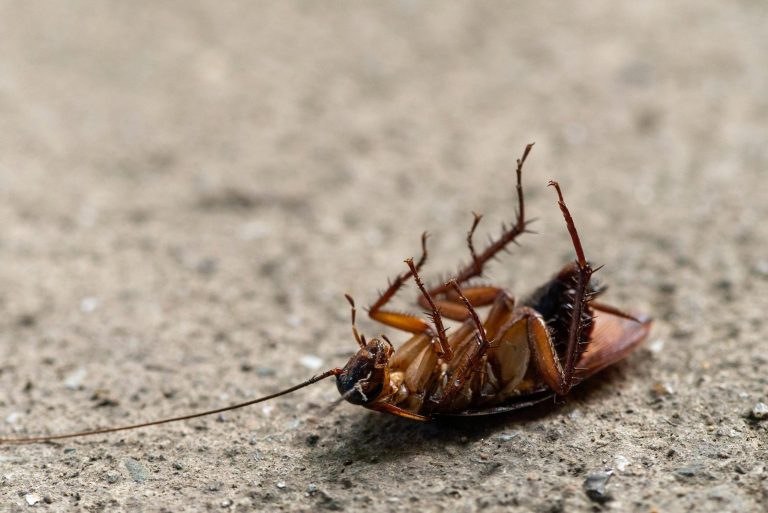
The beginning of summer is the time to migrate, reproduce and form colonies for several flying insects like termites, flying ants, bees, etc. While bees of all kinds stand out in the comparison, insects like flying ants and termites carry different identities.
Mainly because it is tough to determine a flying insect, however, it is essential to rectify whether the colony forming in your house is a termite hill or is flying ants. Termites depend on cellulose that is found inside the wood for nutrition. If you do not rectify the colony forming in your home, the termite’s light eats up a significant part of your house moldings.
If you see a colony forming around the structure of your house, make sure to call pest control services immediately and get rid of it. Some essential differences will help you identify whether the insect colony in your home is of termites or flying ants.
- Wings
Termites possess two pairs of wings with pale veins which are not quite prominent in appearance. All four wings in termites are the same size and fall off during the mating season. If you have a termite colony forming, you will notice a pile of broken termite wings in your home when they start building their new hill.
Flying ants also have two pairs of wings; however, their hind wings are smaller than termites, and the veins are less in number but much more prominent. Unlike termites flying ants do not shed their wings during mating season. They keep their wings while buildings nests, and once they grow into queen ants, they lose their wings.
- Body
The body shape of termites is uniform throughout and has a wide, straight waist. Their wings are attached to the body with the help of an exoskeleton at the bottom of their abdomen. While termites might have only two segments in their body because of the square structure, their body is divided into three parts.
Flying ants, on the other hand, have a constricted and pinched waist where their wings meet their body. Their contracted waist helps separate the abdomen and throat, and you can see all three segments of their body.
- Antennae
Termites possess antennae that look like a series of round beads attached. Termite antennae are the same color as their body and are straight in shape.
Flyings ants have long and slender antennae which an elbow shape in the middle. Their antennae appear like a line and do not have a beaded appearance link termites.
Both flying ants and termites use their antennae for smell detection. The antennae also help them in finding food resources.







